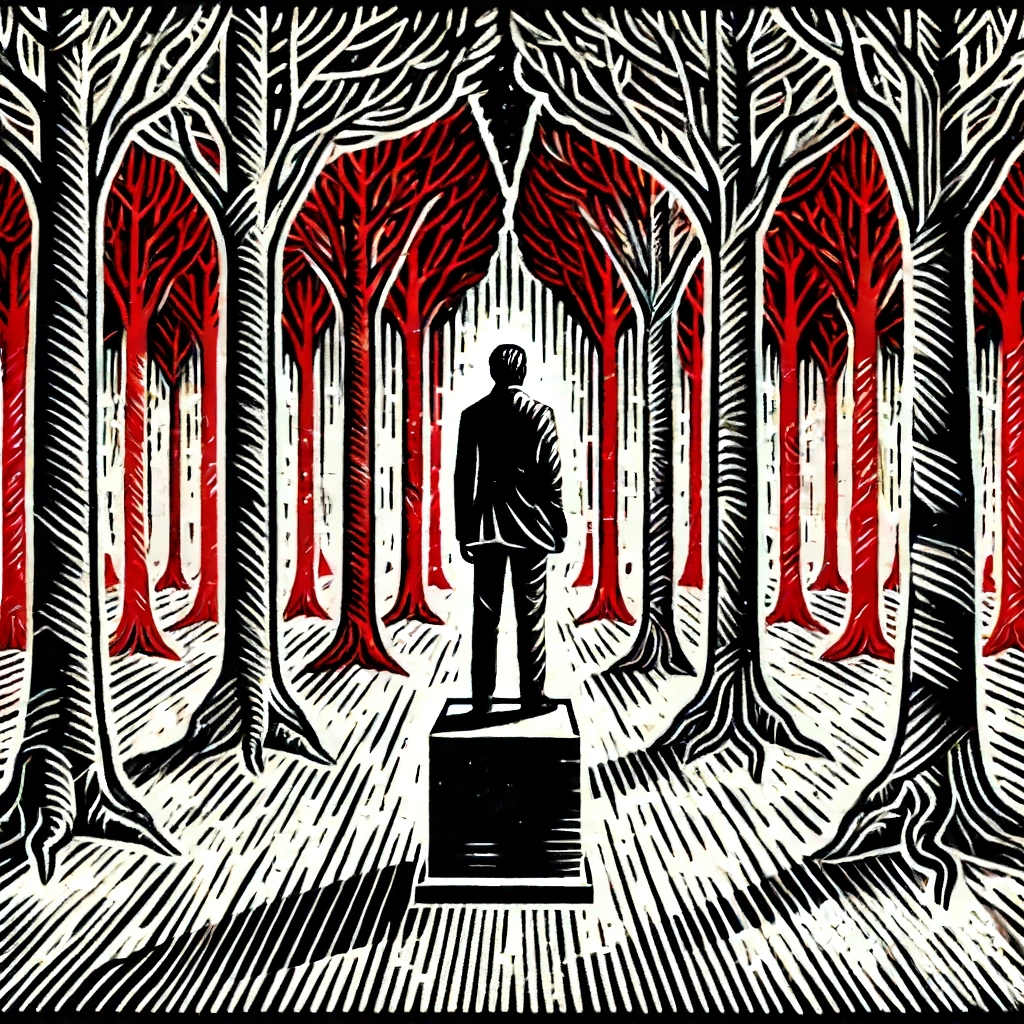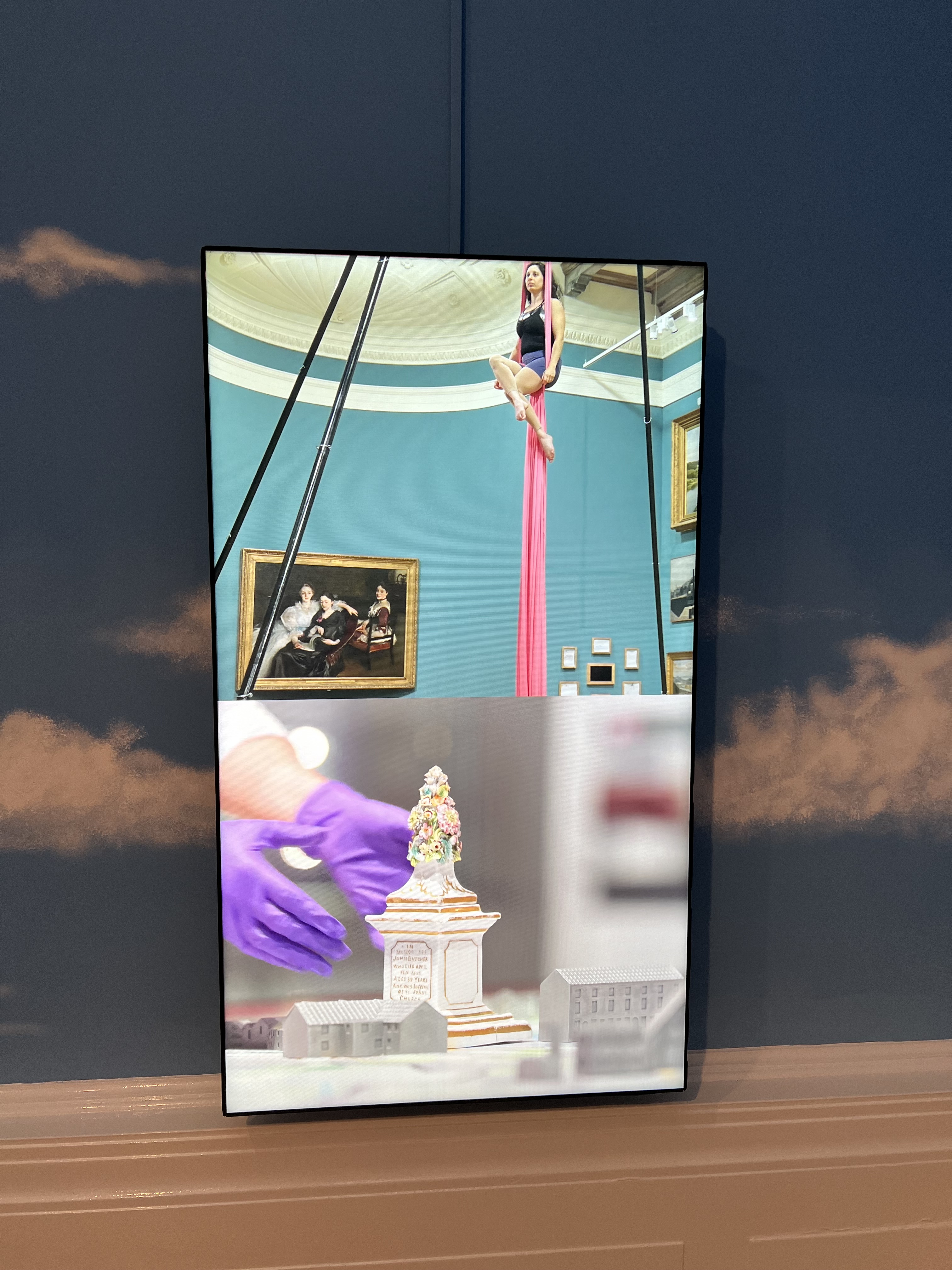
Further cultural adventures to write upon covering the second quarter of the year. Cultural stimulation is a personal goal each month, and this post will outline those experienced during April through to June.
April: sheffield | millennium & graves gallery
Although Sheffield is not too far away, we don’t go into the city centre very often; more frequently we do some shopping at the out of town shops like IKEA or Meadowhall. We both lived in Sheffield for a number of years and decided to get a train into the centre to visit the Millennium Gallery and our old favourite, the Graves Gallery above the city library.
 At the Millennium Gallery we were excited to see local street artist, Phlegm’s Pandemic Diary. These were produced during the Covid-19 lockdown period when the artist was still living in the city.
At the Millennium Gallery we were excited to see local street artist, Phlegm’s Pandemic Diary. These were produced during the Covid-19 lockdown period when the artist was still living in the city.
There are 67 drawings and etchings that humorously depict his experiences; from visual representations of frequent government messages to dark, Goya-inspired visions of fear, disease and death. Using his unique style of representation (normally seen on large scale murals), Phlegm creates tiny detailed fine line images that require close observations and sometimes a laugh out loud response.

The Graves Gallery is an amazing place to visit in the city centre. There were quite a lot of building works taking place when we visited so we were unsure if it was open; what an oasis of culture! There were three exhibitions as well as their wide-ranging collection; LAND – Photographs, a series by Matthew Conduit and We Are The Monument, exploring the concept of the empty plinth and a collection display around the theme of Identity. These shots films, curated/created by artist Yuen Fong Ling, explores the ways in which the plinth can be seen as a social, political and cultural symbol and encourages us to consider the significance of those represented on, or in opposition to, the plinth. Conduit’s photography on the other hand revisits the post-industrial landscape, seeing the colours, details and textures in an almost Jackson Pollock action scene. The highlights of the Identity display for me were probably Claudette Johnson’s work (a personal favourite) and a large textile mural by Grayson Perry. The works displayed here explore identity in a range of ways. Some are personal self-portraits that explore an artist’s individual identity, while others investigate ideas of nationhood and belonging, questioning what creates a community.
may: lagos | street art
At the end of May we managed to get away to Portugal and had a week in Lagos, the beautiful (in places) Algarvian fishing port and tourist destination. Boasting some of the best beaches in the world, traditional town houses and a modern marina, the town has a long standing tradition of street art thanks to the LAC (Laboratorio de Actividades Criativas). LAC has run the ARTURb project since 2011 – a project that brings some of Europe’s best-known street artists to live and work in Lagos. It’s great to revisit a see how the murals have aged, developed and been replaced over time.


june: welbeck | harley gallery
Closer to home in Nottinghamshire, we are fortunate to have a small venue on our doorstep, the Harley Gallery, on the Welbeck Estate – a traditional landed estate within the Sherwood Forest. The Harley Gallery & Foundation were set up as an educational charity by the Duchess of Portland in 1978 in order to inspire a local creative community and display works from the collection. As well as the historic collection, a contemporary arts centre has frequently changing exhibitions and talks and workshops from visiting artists.
 The theme of trees is currently explored at the Harley Gallery with three artists showcasing their work.
The theme of trees is currently explored at the Harley Gallery with three artists showcasing their work.
Truncated is a series of monochrome photographs from 2005-08 by Paul Hart. Beautiful artist made silver gelatine prints, mostly around A4 in scale but immense in scope.
Treescapes by Anthony Whishaw (RA) are large works in paint and mixed media that are fully immersive in the forest. Beautifully textured and very nearly abstract in design, a large triptych is still in my minds-eye with its soft rose hues.

Finally, Mark Frith’s Ancient Oaks feature a series of large pencil drawing portraits of Britain’s most oldest living oak trees, including Nottinghamshire’s very own Major Oak at the heart of Sherwood Forest.

Illustration credit: ChatGPT4/Dall-E response to: Plinth, Forest, Figure, Red and Black, Woodcut
